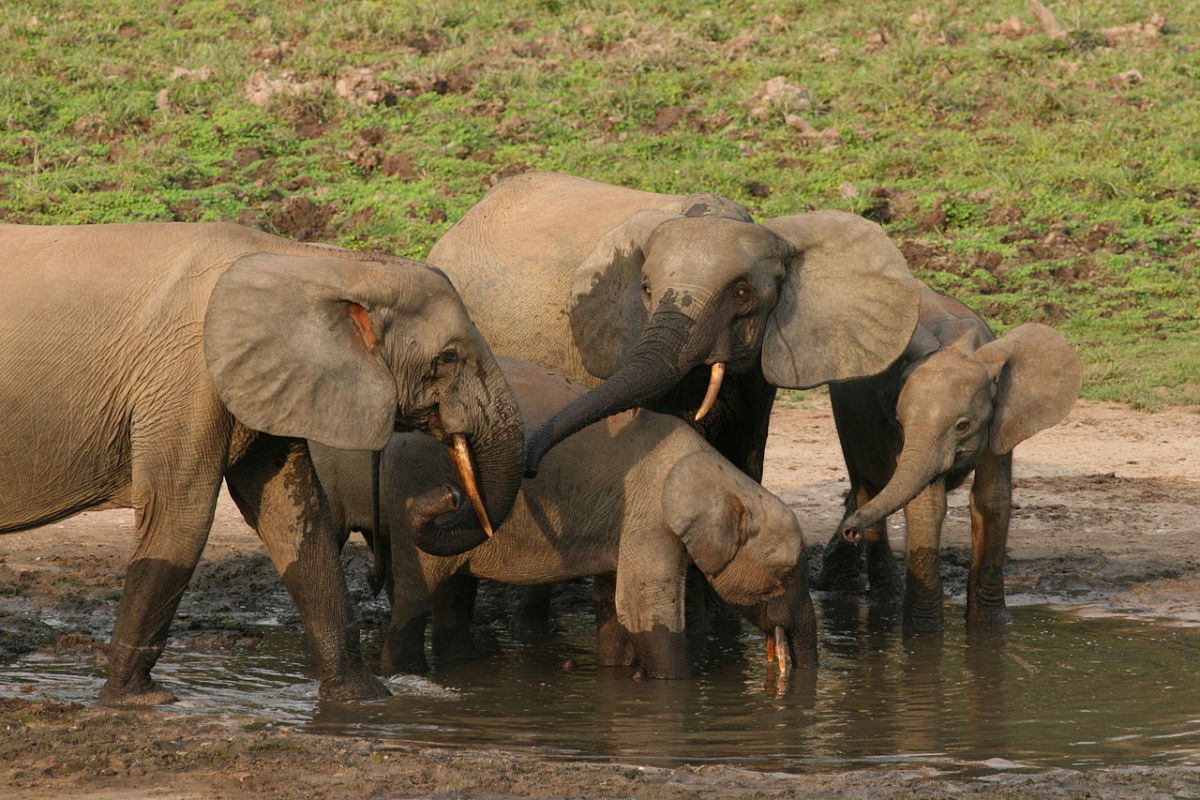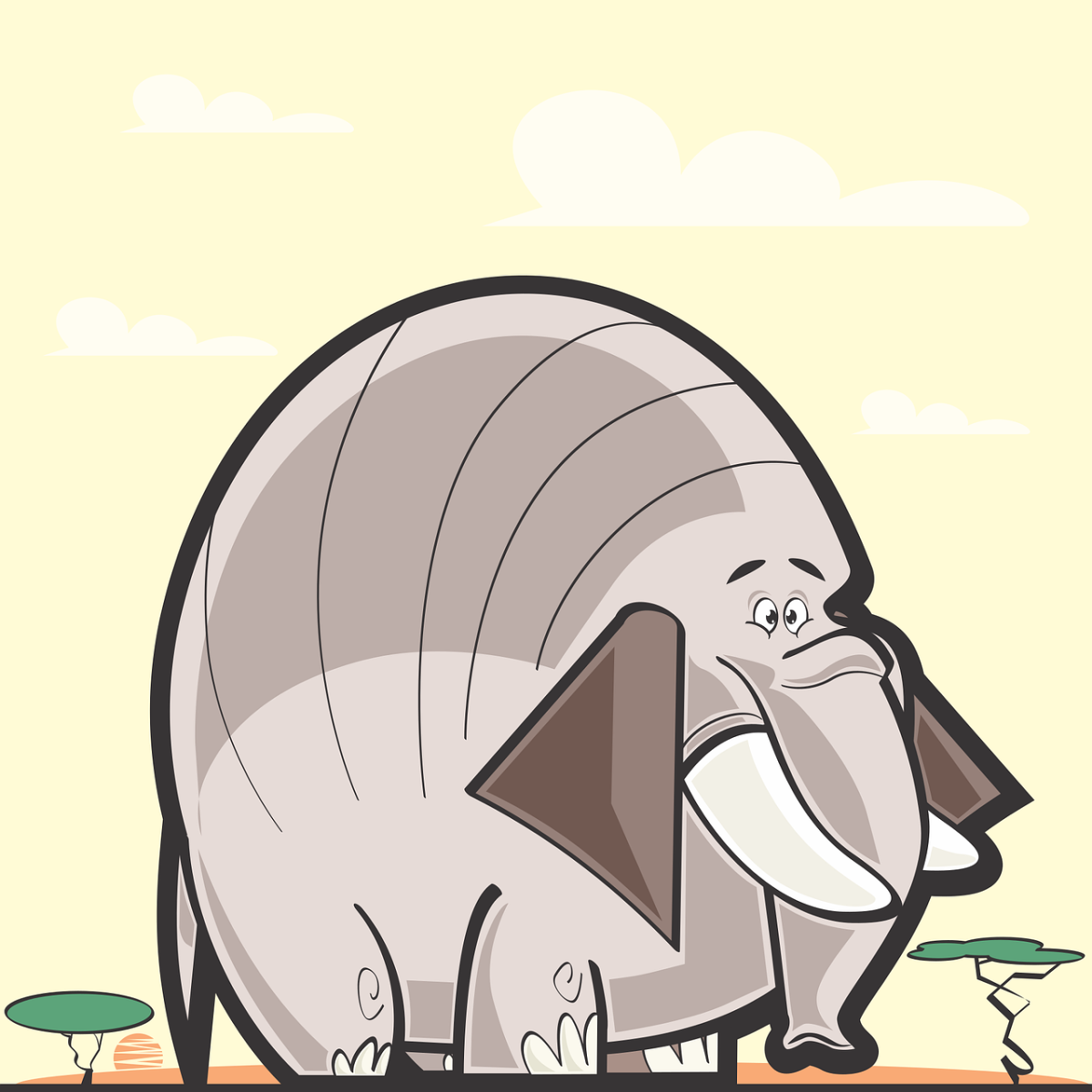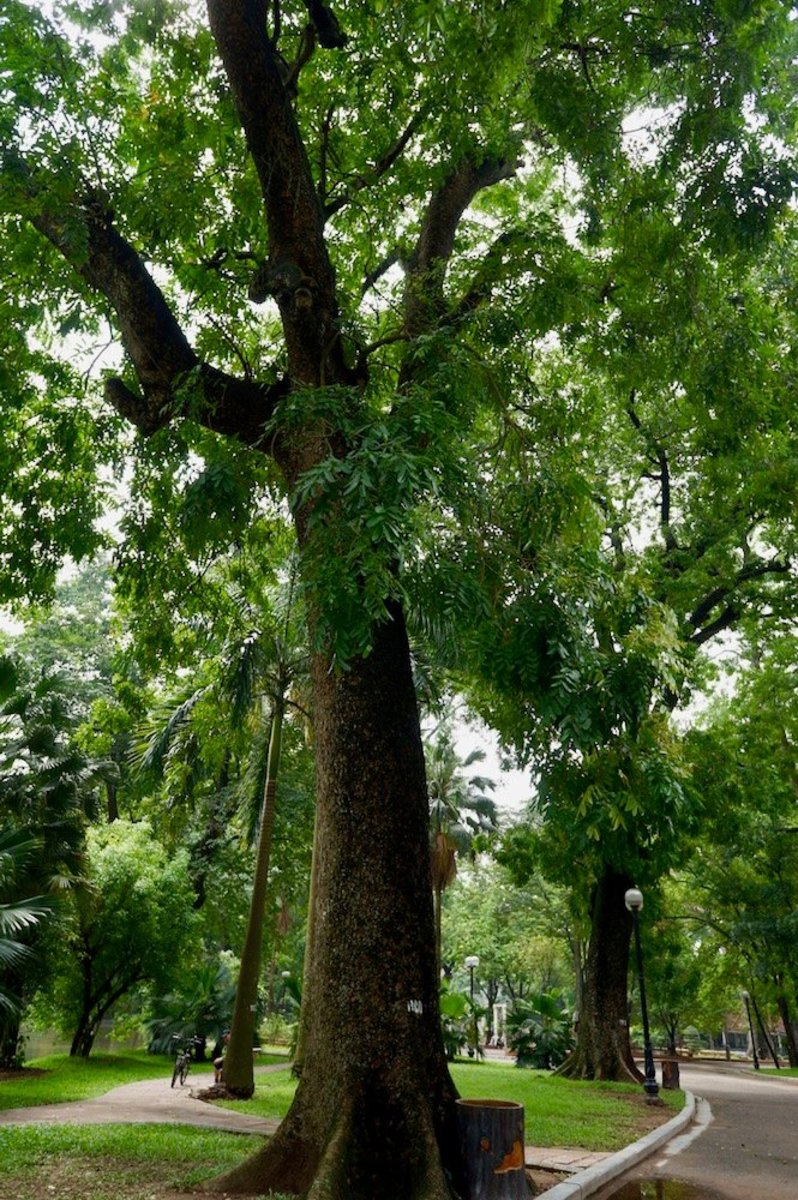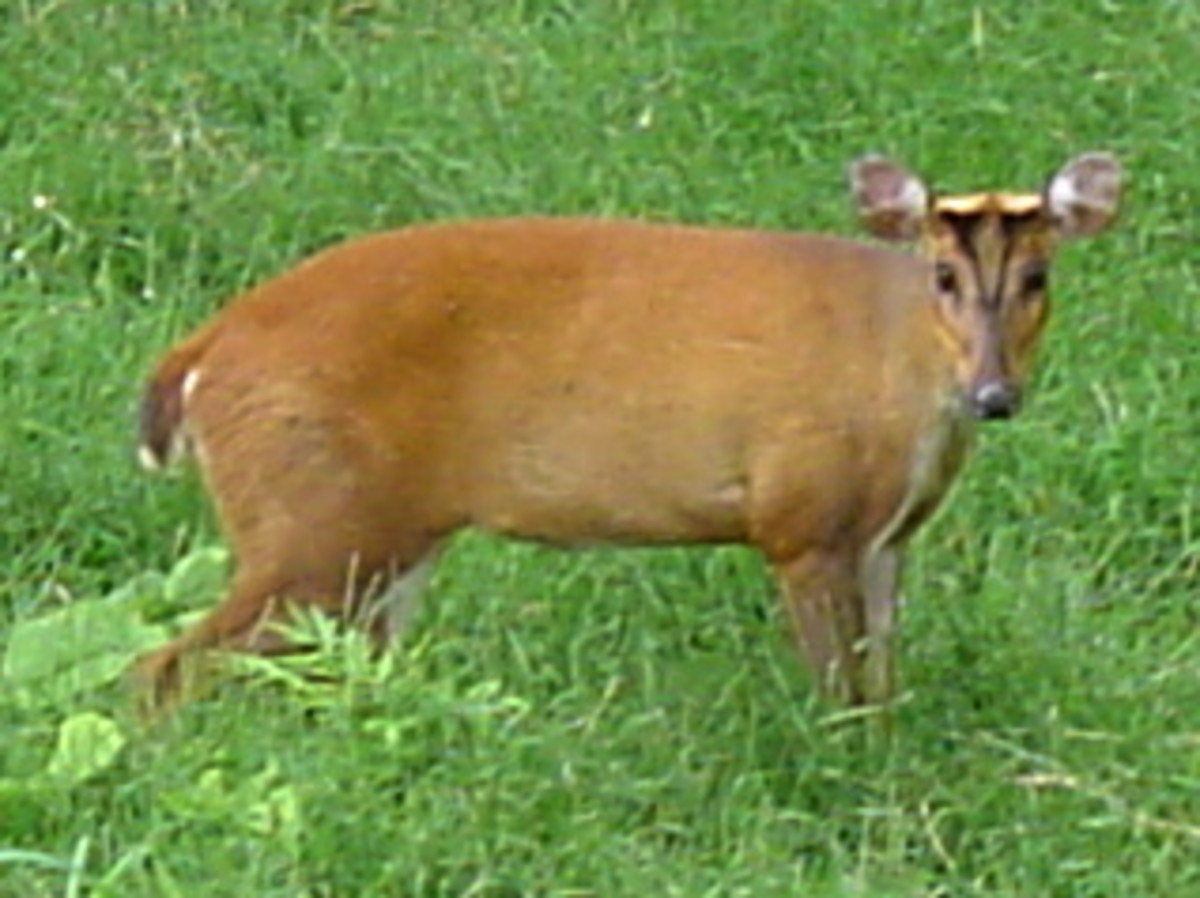The Poaching Epidemic
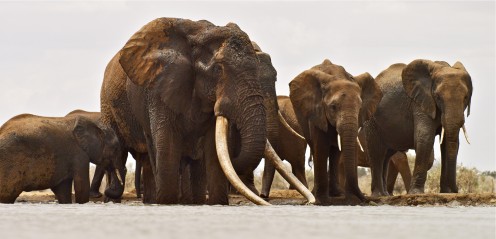
On May 30, 2014, one of the earth's last great elephant icons was killed by poachers in the Tsavo East National Park. His name was Satao, and he was beloved.
As one of the last great "tuskers"- or elephants whose genetics result in the growth of elongated tusks- Satao served as constant presence for those who visited the park, inspiring all with his omnipotent stature and impressive tusks that measured 6.5 feet long. But the mighty presence of this once stoic elephant was no match for the greatest destructive force that the earth has ever borne witness to- man.
Despite being under constant surveillance by members of the Tsavo Trust, it was reported that Satao had been killed with a poisonous arrow shot into his left flank. His chances of survival were essentially non-existent, and his carcass was discovered only a few days later. His poachers had cut his face off, taking his magnificent tusks with them and leaving his great hulk of a body to lie where it had fallen.
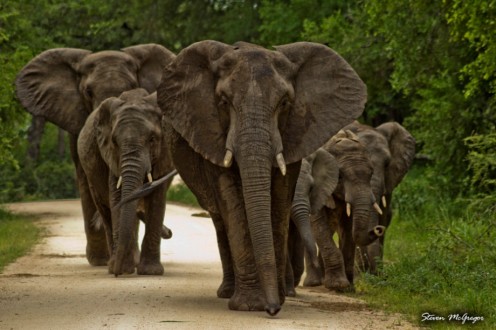
The End of an Icon
Satao is not the only animal to fall before the greed of man. In fact, in 2013 alone, over 20,000 African elephants were slaughtered for their ivory. In South Africa's Kruger Park, 370 rhinoceros have been killed so far in 2014, and that figure does not include the 1,004 animals that were lost last year.
With the presentation of these staggering numbers, it is only too obvious that the societal issue of poaching has become epidemic. Poaching is not a new practice; in fact, its origins have been established as potentially occurring millions of years ago during the Stone Age. It is only because of the social issues that plague the countries that serve as home to these magnificent creatures that poaching is now causing righteous international alarm. In order to eliminate this barbaric practice, there is a need for understanding. Certain factors contribute to the degree at which poaching occurs, and the vast majority of these factors can only be resolved by identifying solutions to their contributing factors. The ability to understand why one might resort to illegal poaching is a feat unto itself; however, further investigation implies that it is not our comprehension of the issue that is the main problem at hand.
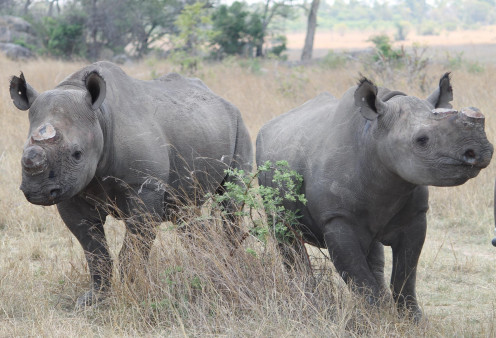
Are you concerned about poaching?
In the News
Whereas the issue of poaching is beginning to garner international media, there are many sources that seek to illuminate the heart of the problem. For the most up-to-date and reliable information, read the recent news from the Tsavo Trust and the Save the Elephants organization.
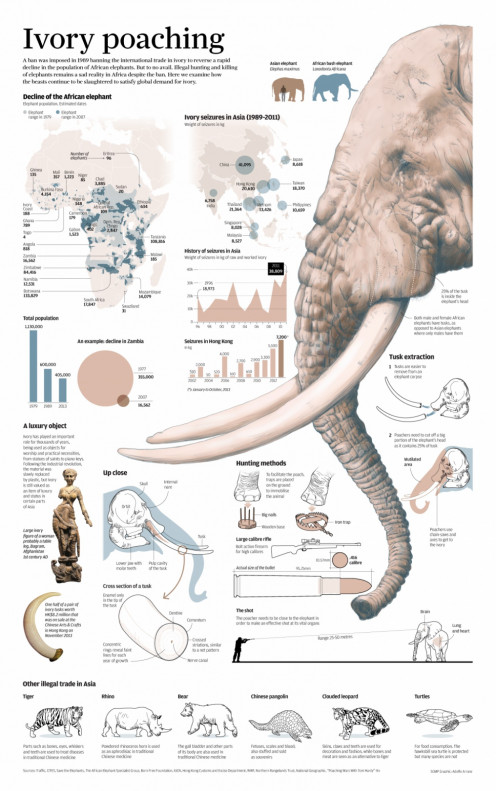
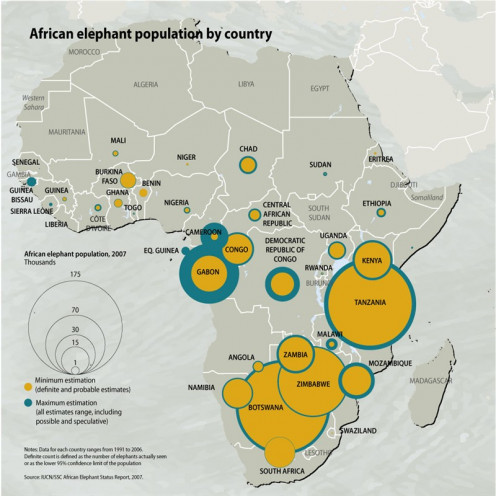
A Discussion of Factors
The vast majority of countries that boast populations of elephants and other ivory-bearing animals are located in the southern countries of Africa. The regions that claim the largest populations of elephants, for instance, include Tanzania, Botswana, and Zimbabwe. Kenya is a close contender to these three largest regions, weighing in with an approximate elephant population of 15 thousand.
In the graphic below, it is possible to compare the percentage of each country's population that is reported to be living below the established poverty line. It is also observable that the majority of the African southern countries- including Zimbabwe and Kenya- lie within the red regions, signifying that approximately 50 to greater than 60% of the population of those countries currently resides below the poverty level. Unemployment within those regions is a major concern, as more of the population are driven to steady employment within terrorist and/or gang organizations as well as with poachers. Poaching groups actively recruit, and the majority of these groups appear to not require previous experience with poaching as a prerequisite to an employment that yields high earnings. Therefore, in many parts of these regions, poaching is an attractive career choice for individuals who possess no other options or who have families to care for.
Unfortunately, the poverty level and high unemployment rates of these countries is not a new development. A change of this magnitude would be a massive undertaking; both national and international corporations would have to be encouraged to establish themselves within these regions, providing jobs to those who are desperate to earn an income. This requires private investors who are willing to risk settling their investments in a oftentimes volatile area of Africa. In addition to this, the population of these regions need access to better education and work skills.
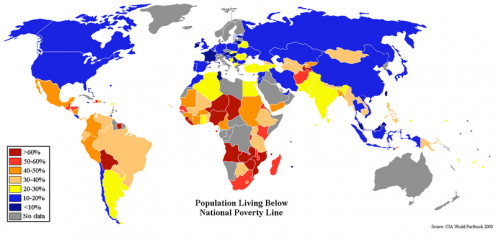
In fact, International Development Secretary Justine Greening has said just that. "Our aid is undergoing a quiet revolution in Africa," she said during a keynote speech to the London Business School just this past April. "We are focusing more resource on creating the jobs, investment, and growth-emerging and frontier markets need to escape poverty."
This approach is effective, but slow-moving. While the infrastructures of these developments are currently in the planning process, the rates of illegal animal poaching increases with every passing day.
In addition to this, organized crime and certain terrorist organizations rely on the illegal ivory trade for funding. One such organization, Kenya and Somalia's Al-Shabaab, is notoriously one of the most violent presences in that country; it has most recently claimed responsibility for a bus attack that killed seven people. In order to continue its attacks on the people of Kenya in direct retaliation for sending troops into nearby Somalia, the organization requires direct financial funding. Unfortunately, it appears as though the majority of its assets are earned through the acquisition and sale of illegally poached ivory. Again, we look to the interior causes of this organization's power; it provides a chance for employment and earned income to its members who are often recruited off the streets.
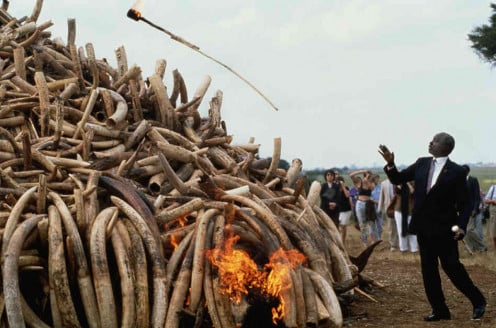
The International Market for Ivory
According to the ICCF Group, a non-profit foundation that centers its efforts largely on international conservation, stated on the subject of rhinoceros poaching that:
"Asian demand for rhino horn has set a historic price for rhino horn powder – over $30,000 per pound, making it more valuable than gold and cocaine.
Rhino poaching rates in Africa have risen more than 1000% since the beginning of the decade. About 500 rhinos a year are poached in South Africa alone, despite increased surveillance efforts in South African nature reserves, setting a new national record of rhino killings."
Thailand and the American state of New York are among the few regions that have actively pledged to cease the trade of illegal ivory within their borders. Despite this, the demand for ivory is still exceedingly strong in China, where 70% of all illegal ivory ends it journey and where its powdered of version is used in medicinal compounds and tinctures. The Asian market presses ivory's medicinal properties on its buyers, including those that are associated with sexual performance in males. In fact, this market also places high demand on other exotic animals, including the tiger. Furs as well as ivory are used for an endless number of purposes such as clothing, carvings, and jewelry.
It is difficult to patrol the international market, and especially for an item that is intensely popular in the vast majority of regions in which it is found. In order to break this cycle, experts once again look to the power of education. There is little controversy surrounding the reality that in order for the Asian market to view poached ivory with collective disdain, the relationship between it and its supposed medicinal properties needs to be broken. Unfortunately, there are circumstances in which even education is not powerful enough to destroy the practices laid down by ancient traditions.
What We Can Do
Thanks in part to the dramatic increase in poaching rates on the international scale, poaching and its elimination is receiving widespread media coverage that provides avenues for members of the general public to help.
- Adopt an endangered animal through the WWF, or World Wildlife Fund;
- Donate to Save the Elephants, an organization funded almost entirely through private donations;
- Support the anti-poaching rangers of Kenya and Care for the Wild through donations;
- Educate yourself about the poaching crisis in Africa by visiting the African Conservation Foundation's site here.
- Look out for interactive petitions such as this one to add your influence to the battle against poaching.
Have ideas about what else we can do to help stop illegal ivory poaching? Talk about it the comments below.
This content is accurate and true to the best of the author’s knowledge and is not meant to substitute for formal and individualized advice from a qualified professional.
© 2014 Jennifer

